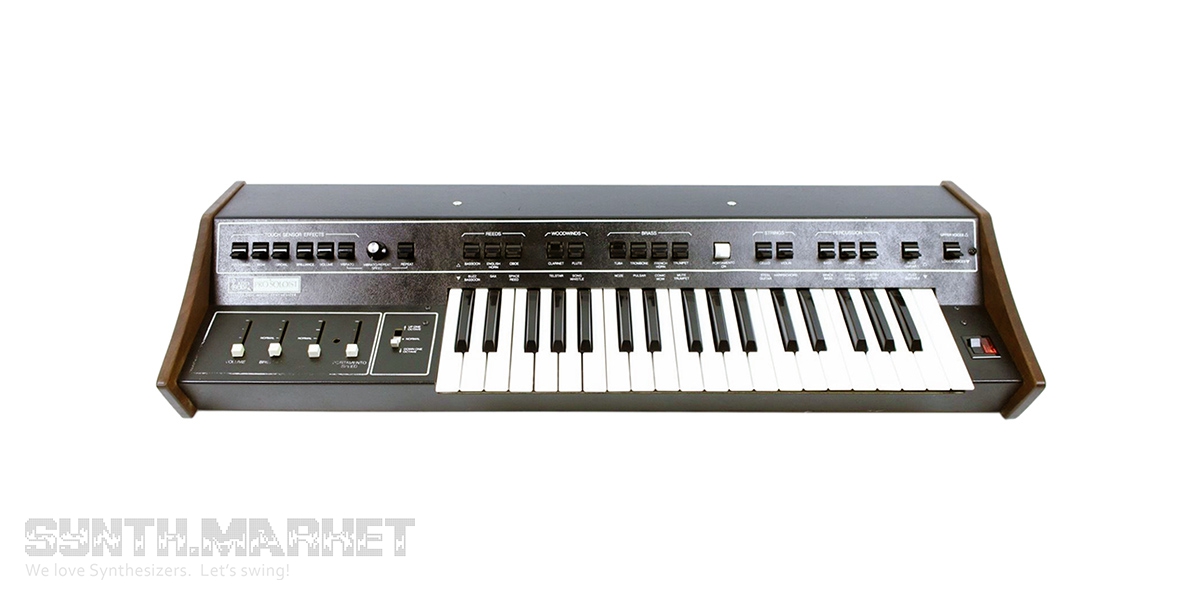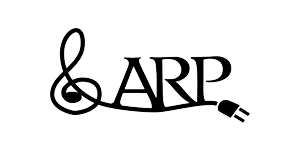Pro-Soloist was introduced in 1972 as an improved replacement for ARP Soloist, later (in 1977) it was replaced by Pro-DGX. The purpose of the instrument has remained unchanged: it must complement the main polyphonic synthesizer to create solo parts.
The main difference from the predecessor is in the use of logic chips in the control unit, which significantly improved the stability of the system and increased the number of presets up to 30. This improvement allowed Soloist to switch from the "home synthesizer" category to the professional league, as the prefix "PRO" implies.
Changes also touched upon the appearance: preset switches were removed from where they used to be located and were placed onto the front panel. Funny, ARP Pro-Soloist alternatives made by Roland (SH-1000), Korg (minikorg 700) and Moog (minitmoog, satellite) have placed preset switches under the keyboard.
The synthesizer was created at a time when microprocessors were not widely available, and a logic chip was used to create the control system which interact with the analog circuit via analog switches. Thus, "so-to-say digital" (yet logic is difficult to assign to a digit) doesn’t directly interact with the audio signal and the synthesizer can be safely attributed to analog instruments, rather than digital or hybrid ones.
ARP Pro-Soloist was used in the works of Tangerine Dream, Genesis, Coldcut, Gary Numan, Herbie Hancock, Patrick Moraz, Billy Preston, John Entwistle, Billy Preston and Vangelis.













